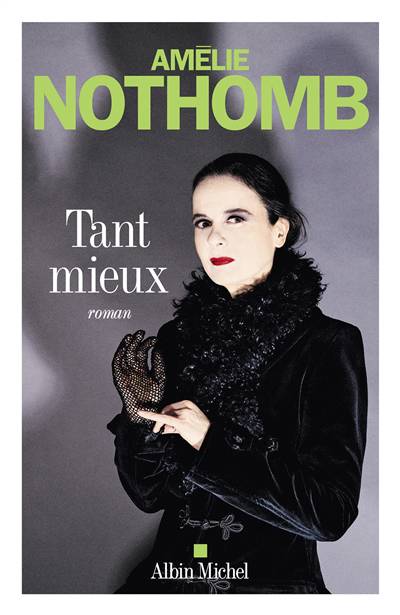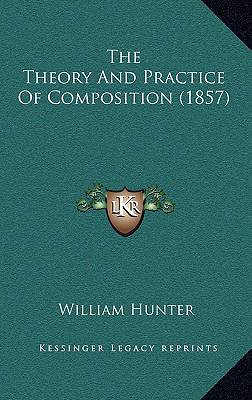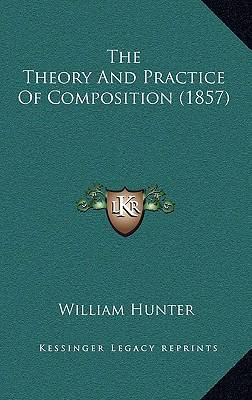
- Retrait gratuit dans votre magasin Club
- 7.000.000 titres dans notre catalogue
- Payer en toute sécurité
- Toujours un magasin près de chez vous
- Retrait gratuit dans votre magasin Club
- 7.000.0000 titres dans notre catalogue
- Payer en toute sécurité
- Toujours un magasin près de chez vous
29,95 €
+ 59 points
Description
The Theory and Practice of Composition is a book written by William Hunter in 1857. The book is a comprehensive guide to the art of writing and is intended for writers of all levels. It covers a wide range of topics, including the principles of composition, the structure of sentences and paragraphs, the use of language, and the art of persuasion. The book is divided into three main sections. The first section deals with the principles of composition, including the use of clear and concise language, the importance of organization, and the role of style in effective writing. The second section covers the structure of sentences and paragraphs, including the use of grammar and punctuation, the importance of coherence and unity, and the art of transitions. The third and final section of the book is devoted to the art of persuasion. This section explores the various techniques that writers can use to persuade their readers, including the use of evidence, appeals to emotion, and rhetorical devices. Throughout the book, Hunter provides numerous examples and exercises to help readers develop their writing skills.Overall, The Theory and Practice of Composition is an essential guide for anyone looking to improve their writing. It is a timeless classic that remains relevant and useful to this day.In Four Parts.This scarce antiquarian book is a facsimile reprint of the old original and may contain some imperfections such as library marks and notations. Because we believe this work is culturally important, we have made it available as part of our commitment for protecting, preserving, and promoting the world's literature in affordable, high quality, modern editions, that are true to their original work.
Spécifications
Parties prenantes
- Auteur(s) :
- Editeur:
Contenu
- Nombre de pages :
- 120
- Langue:
- Anglais
Caractéristiques
- EAN:
- 9781166436223
- Date de parution :
- 10-09-10
- Format:
- Livre broché
- Format numérique:
- Trade paperback (VS)
- Dimensions :
- 152 mm x 229 mm
- Poids :
- 172 g

Les avis
Nous publions uniquement les avis qui respectent les conditions requises. Consultez nos conditions pour les avis.






